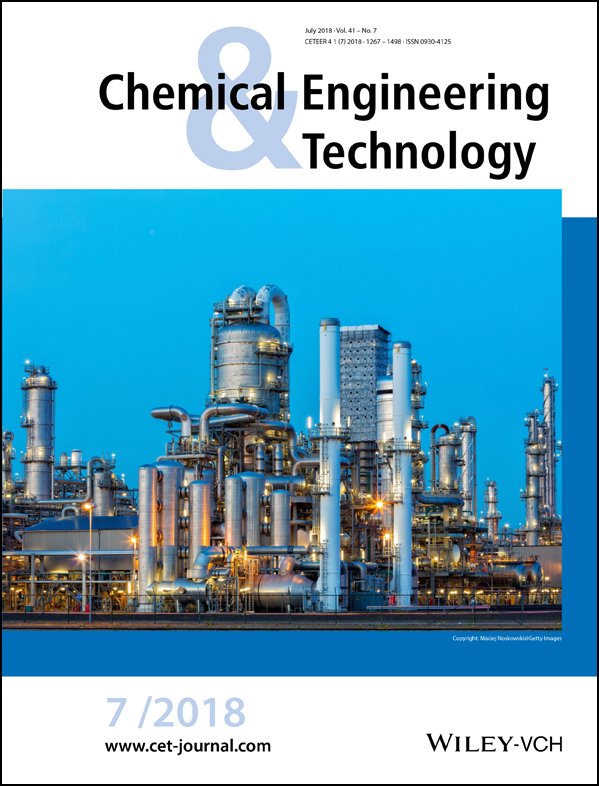Prediction of Field Drag Reduction by a Modified Practical Pipe Diameter Model
Abstract
Slick water fracturing is a successful stimulation technology for gas shales. Due to the high pumping rates associated with slick water fracturing, drag reduction (DR) is critical to the success of field operations. In this study, three drag-reducing agents were tested in a laboratory setup and the results were compared with data from numerous slick water fracturing treatments in the field in China. The results show that, as long as the slopes of effective pipe radius versus velocity from the laboratory-scale tubes and from the field pipes are close, field drag reduction can be predicted by a modified correlation between DR and velocity established in the laboratory. The modified practical pipe diameter model should be useful in the design of slick water fracturing treatments and the selection of drag-reducing agents in the laboratory.




